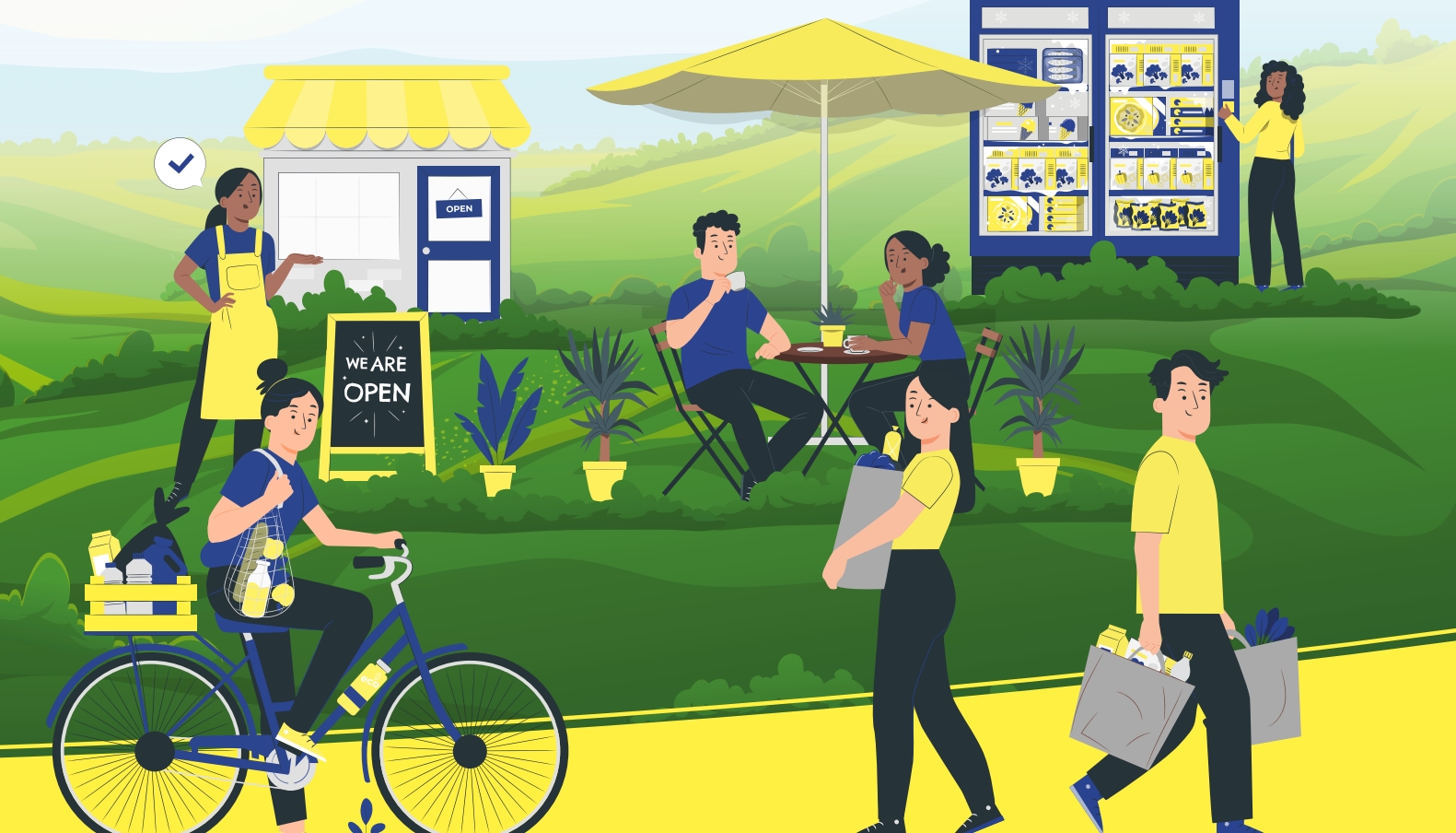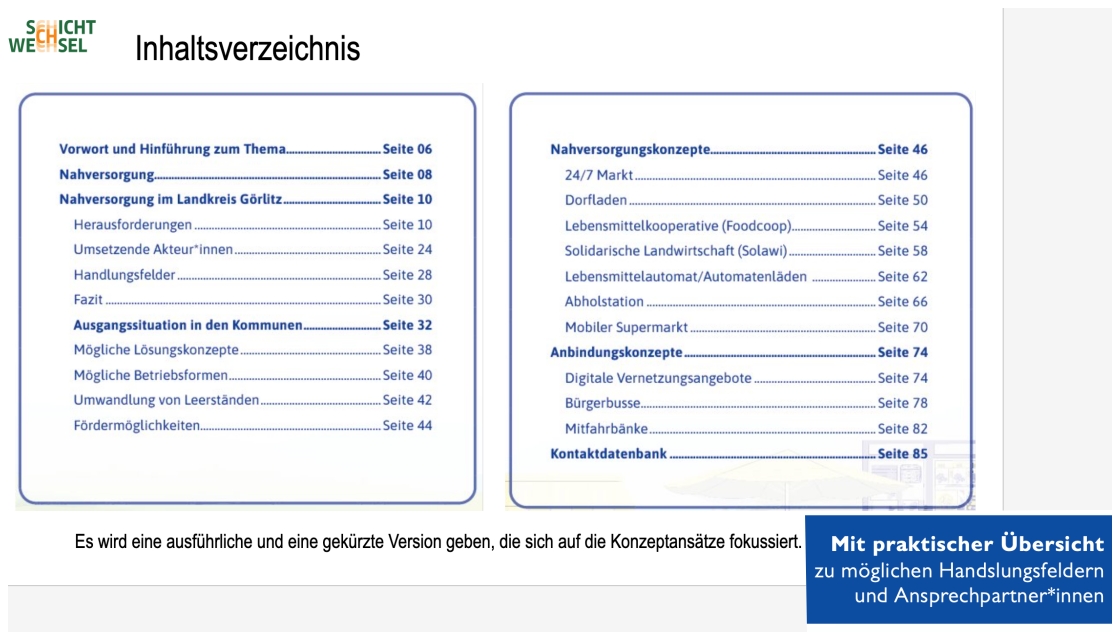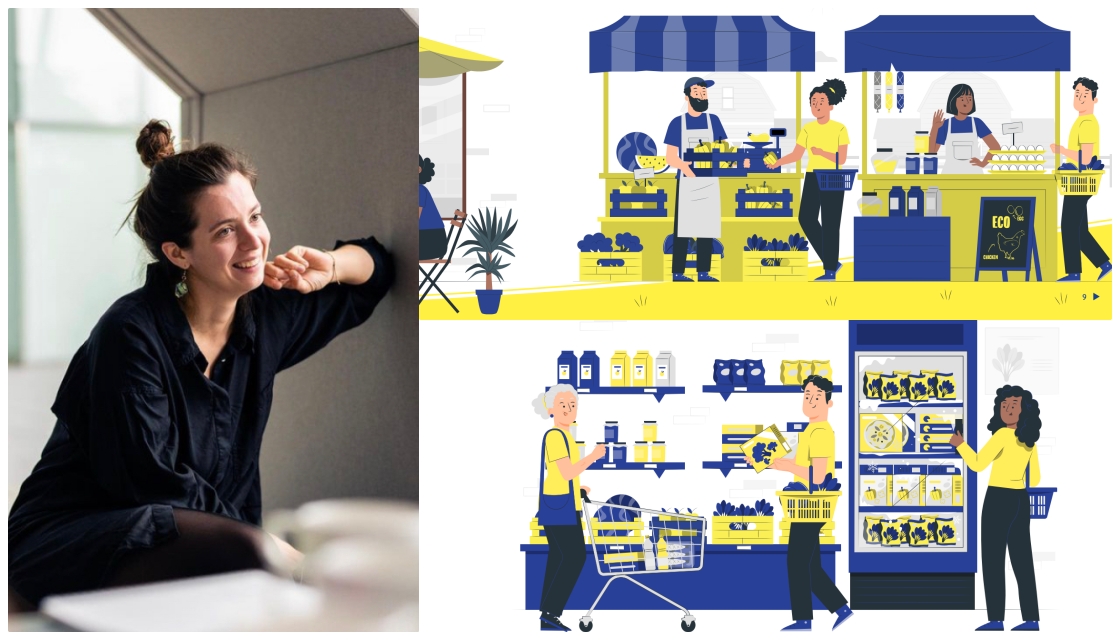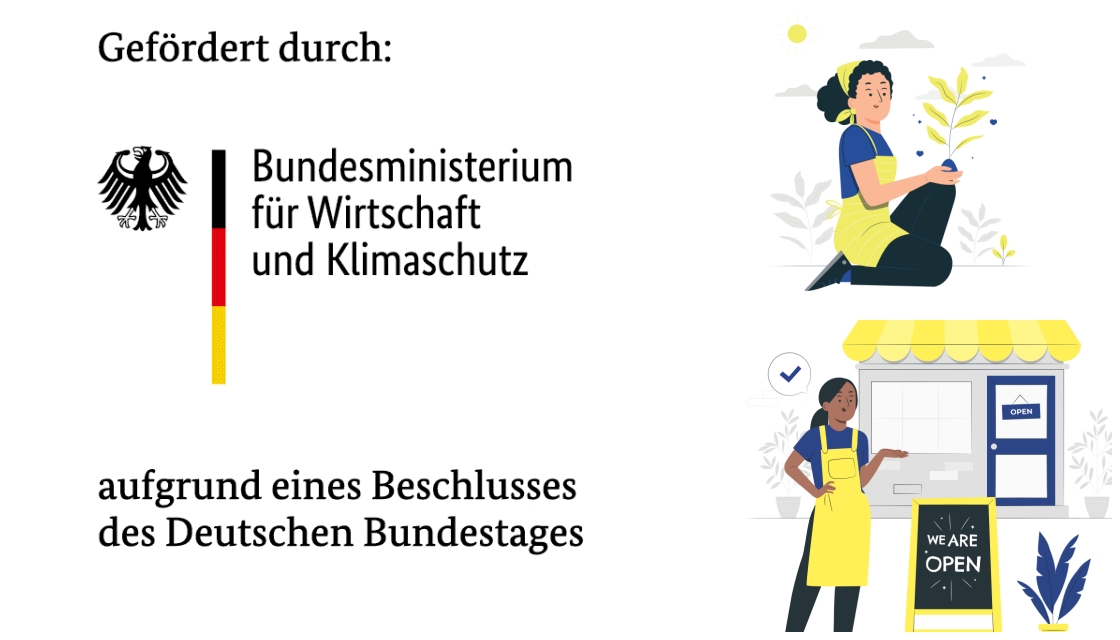structural development
The local supply handbook
- structural development
- Hits: 676

Presentation of the manual “Local supplies in the Görlitz district”
What do you do when the last corner shop and the last bakery in town close and the supermarket and the butcher closed years ago? Unfortunately, this situation is not uncommon in our beautiful, but sometimes sparsely populated, district of Görlitz. Local supply is now the focus of a new ENO manual, which serves as a comprehensive guide for municipal actors. The handbook aims to provide an overview of relevant topics in the area of local supply and to present practice-oriented approaches to improving and sustainably developing the local supply situation. It is aimed at mayors, administrative staff, local council members and committed citizens who have recognized the need to rethink the issue and want to strengthen local supply as an essential part of community life. A brief insight into the table of contents shows how the diverse challenges can be addressed in detail and with a focus on many different initial situations.

The manual (here you can find the detailed version , here you can download shortened Taskforce Structural Change Project Manager Clara Hartung . We spoke to her to gain deeper insights into the challenges and solutions for local supply in the Görlitz district.
Hello Clara, can you tell us something about your research results and solutions for the sometimes sparse local supplies in the more remote areas of our district?
Clara Hartung: The local supply problem is a very important and incredibly exciting topic because when you think of a local supply problem you usually immediately think of the fact that there are towns where people cannot get food. Thats not right. There are large supermarkets everywhere in the Görlitz district and every resident has a full refrigerator. But the fact is that more and more smaller shops are closing, unable to find successors or unable to sustain themselves financially. The local supply offering is concentrated in a few large offerings, predominantly in the medium-sized centers. People prefer to travel a little further away by car and therefore have a greater variety of options.
...in the preliminary conversation you mentioned that shopping where you live also has a social component that should not be underestimated and that is becoming increasingly absent...
Clara Hartung: Yes, the local supply problem is more of a social problem that we want to solve. Local amenities such as grocery stores, markets or cafés often serve as meeting places for members of a community. People meet while shopping or enjoying food and drinks. These regular meetings promote social exchange and enable residents to get to know each other better. Establishing social bonds within a community. In addition, a town with local amenities is more attractive as a place to live and could have a positive influence on immigration.
What role do innovative concepts and cooperation between local actors play here?
Clara Hartung: Innovative concepts and collaborations are crucial. Through collaboration between local producers, retailers and the community, we can build a diverse and sustainable local supply network. This could be achieved village shops The integration of digital solutions, such as online ordering and delivery services for local products , can also play an important role. Such collaborations not only promote the regional economy, but also strengthen the community and contribute to the attractiveness of the region.

The last project that Clara Hartung, MA in International Management with a specialist area in regional economics, supervised for the ENO Structural Change Task Force is the handbook on local supply. Where the young woman from Lusatia is heading out of passion from August 1st. draws, read about it in our UBL blog on Friday. The good thing: she will remain with us as a partner for the structural development of the unaffordable country in the academic sector.
Who is this really beautiful, easy-to-understand, lovingly-artistic and super-informative manual designed for?
Clara Hartung: The handbook is a first step for regional actors to deal with the issue of local supply and will hopefully lead to greater awareness of regional offers and, in the best case, to action. It is designed for mayors, administrative staff, local council members and committed citizens. It is intended to inspire and motivate people to actively shape local supplies in their communities and improve them in the long term. The handbook offers practical approaches and examples that show how sustainable and diverse local supply can be successfully implemented.
How can citizens actively contribute to improving local amenities in their communities?
Clara Hartung: Local people can play a crucial role by supporting local shops and markets and getting involved in community projects. Initiatives such as community shops or cooperatives can help to secure and expand local supplies. Participating in local events and exchanging ideas also helps create a strong network. Through the awareness and support of the residents, we can ensure sustainable and lively local supplies in the Görlitz district.
The handbook “Local supplies in the Görlitz district” is not only an informative guide, but also a call for collective action. It shows how cooperation, commitment and innovative approaches can achieve strong and sustainable local supply that both strengthens the community and improves the quality of life in communities.
We would like to thank the municipality of Zukunft for their cooperation in creating the manual. Illustrations by Storyset .

The manual “Local supply in the Görlitz district – action guide for municipalities” was created as part of the project “Multi-project management structural change in the Görlitz district – structural change task force”. It was funded by the funding guidelines “ STRONG" of Federal Ministry for Economic Affairs and Climate Protection. In the project “Multi-project management structural change in the district of Görlitz – structural change task force”, the district of Görlitz, in cooperation with the development company Niederschlesische Oberlausitz mbH, has developed new strategies and projects for innovation and value creation in order to To actively shape structural change in the region. Do you have ideas for the future of the district? Then please write to us:

